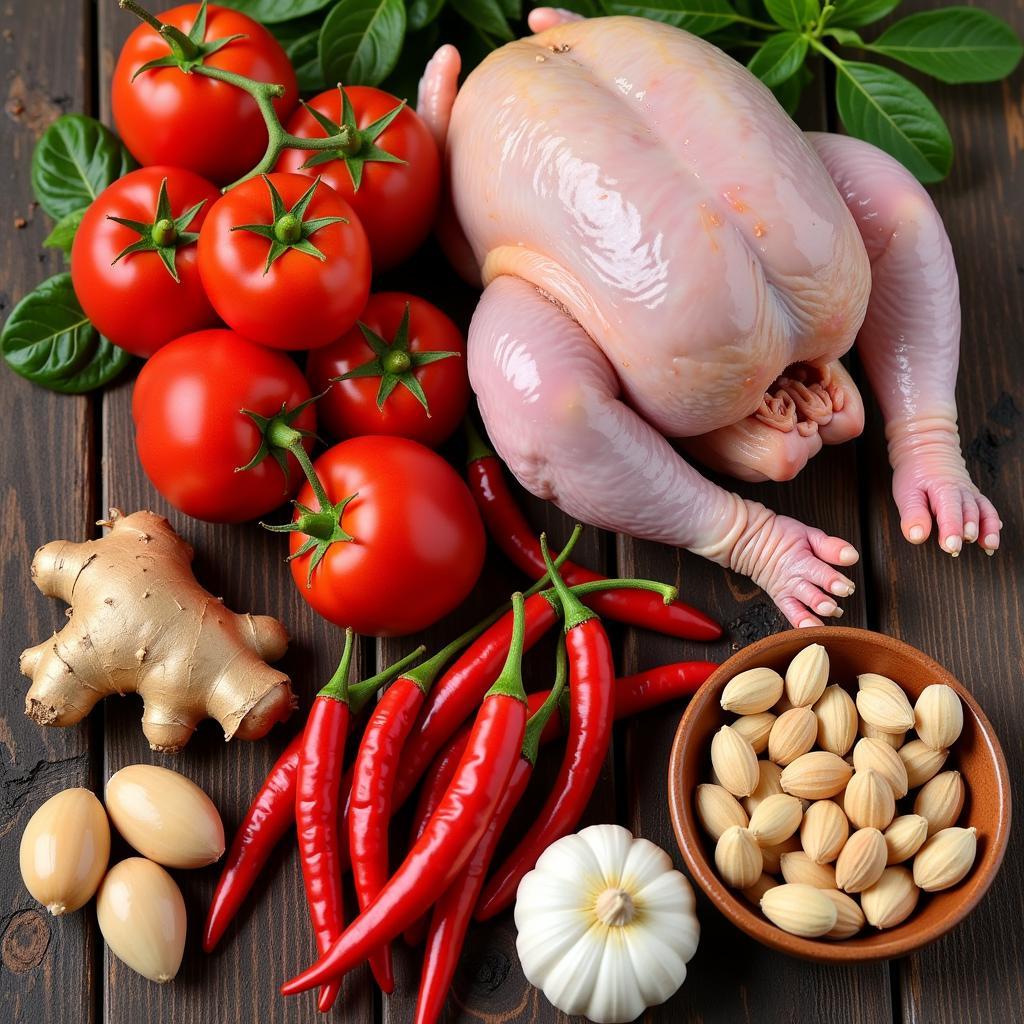Discovering the 5 South African National Symbols
South Africa, a nation rich in culture and history, boasts a diverse array of national symbols that reflect its vibrant heritage. These 5 South African National Symbols embody the nation’s spirit, resilience, and natural beauty, offering a glimpse into the soul of the “Rainbow Nation”. From its distinctive flora and fauna to its powerful anthem, each symbol tells a compelling story of South Africa’s past, present, and future.
The springbok, a graceful antelope known for its high leaps, is a national symbol of agility and pride. It represents South Africa’s sporting prowess and the unity it brings to the nation. The protea, South Africa’s national flower, is a stunning example of the country’s unique biodiversity. Its resilience and beauty symbolize the nation’s strength and ability to overcome adversity. The national flag, with its vibrant colors and Y-shape design, represents the convergence of diverse cultures and the birth of a new, democratic South Africa. The national anthem, “Nkosi Sikelel’ iAfrika,” a powerful blend of African languages and cultures, is a symbol of hope and unity. Finally, the real yellowwood tree, a symbol of longevity and strength, signifies South Africa’s rich natural heritage. These 5 South African national symbols together offer a powerful representation of this complex and fascinating country. Learn more about other fascinating aspects of African culture, such as African flags facts.
The Springbok: A Symbol of Agility and Pride
The springbok, a medium-sized antelope known for its characteristic leaping display called “pronking,” holds a special place in the hearts of South Africans. This agile creature, with its distinctive brown and white markings, has become synonymous with speed, grace, and national pride. It represents not only the country’s rich wildlife but also the spirit of its people.
What does the springbok symbolize? The springbok is a powerful symbol of sporting prowess. It’s the namesake of several national sports teams, fostering a sense of unity and patriotism.
The King Protea: South Africa’s National Flower
The king protea, with its large, bowl-shaped flower head and vibrant colors, is a striking symbol of South Africa’s unique floral heritage. This magnificent flower, the largest of the protea family, is renowned for its resilience and longevity, mirroring the strength and perseverance of the South African people. Its beauty also reflects the diverse and breathtaking landscapes of the country.
Why is the king protea the national flower? Its size, beauty, and resilience make it a fitting symbol for South Africa. It represents the country’s natural beauty and the strength of its people.
The South African Flag: A Symbol of Unity and Diversity
The South African flag, adopted in 1994, is a powerful symbol of the nation’s transition from apartheid to democracy. Its vibrant colors and unique Y-shape design represent the convergence of different cultures and the birth of a new, unified South Africa. Each color carries symbolic meaning, reflecting the country’s complex history and its hopes for the future. You might find this relevant to the diverse uses of colors in African furniture.
What makes the South African flag unique? Its Y-shape design and six colors symbolize the unification of diverse communities into a single nation, reflecting the “Rainbow Nation” moniker.
“Nkosi Sikelel’ iAfrika”: A Song of Hope and Unity
The South African national anthem, “Nkosi Sikelel’ iAfrika,” is a powerful expression of hope, unity, and reconciliation. Combining elements from different African languages and musical traditions, it symbolizes the nation’s diverse cultural heritage and its collective aspirations for a better future.
Why is “Nkosi Sikelel’ iAfrika” so significant? It represents the country’s journey from oppression to freedom, embodying the spirit of unity and hope for the future. This is reminiscent of the struggle documented in accounts of South African anti apartheid.
The Real Yellowwood Tree: A Symbol of Longevity and Strength
The real yellowwood, a majestic evergreen tree native to South Africa, stands as a symbol of longevity, strength, and resilience. Its towering presence in the country’s forests reflects the enduring spirit of the South African people. The real yellowwood’s slow growth and long lifespan symbolize the nation’s deep roots and its capacity for growth and renewal. You can explore more about the various national identifiers and emblems in different countries on this page detailing African country with red white and blue flag.
Why is the real yellowwood considered a national symbol? Its longevity and strength make it a fitting representation of South Africa’s enduring spirit and its potential for future growth. Understanding the cultural significance of these symbols can be beneficial when exploring the financial aspects of the continent, such as the information provided on African countries and currency.
In conclusion, the 5 South African national symbols represent the essence of this diverse and resilient nation. From the agile springbok to the majestic real yellowwood, each symbol tells a story of South Africa’s rich heritage, its struggles, and its aspirations for the future.
FAQ
- What animal is a national symbol of South Africa? The springbok.
- What is South Africa’s national flower? The king protea.
- What is unique about the South African flag? Its Y-shape and six colors symbolize unity and diversity.
- What does “Nkosi Sikelel’ iAfrika” mean? It means “God Bless Africa”.
- What tree is a national symbol of South Africa? The real yellowwood.
- Why is the springbok a symbol of pride? It represents sporting prowess and national unity.
- Why is the real yellowwood a symbol of strength? Its longevity and resilience mirror the strength of the nation.
Need help? Contact us at +255768904061, kaka.mag@gmail.com or visit us at Mbarali DC Mawindi, Kangaga, Tanzania. We have a 24/7 customer support team.



